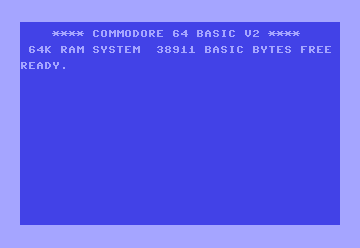
ABS: The Absolute Value Guru
Tired of negative vibes in your numbers? Want to turn that frown upside down? Look no further than the ABS command! This little gem takes any number, positive or negative, and gives you its absolute value—that is, the distance from zero. It's like a mathematical hug, always turning everything into a positive!
Syntax
ABS(<number>)
Where:
- <number>: The numeric value you want to turn positive. Can be any valid numeric expression.
Applications
The ABS function is incredibly handy when:
- You need to calculate distances or magnitudes (since distance is always positive).
- You're dealing with error calculations and want to know the size of the error, not its direction.
- You want to ensure input values are positive before further processing.
Code Examples
1. Basic Positivity:
10 A=-5
20 PRINT ABS(A) :rem Output: 5
This simple example shows how ABS takes a negative number (-5) and returns its positive counterpart (5).
2. Finding the Difference:
10 X=10
20 Y=3
30 D=ABS(X-Y) :rem D stores the absolute difference between X and Y
40 PRINT D :rem Output: 7
Here, ABS helps us find the difference between two numbers without worrying about which is larger.
3. Making Inputs Positive:
10 INPUT "Enter a number: "; N
20 N=ABS(N)
30 PRINT "The positive value is: "; N
This snippet ensures that any number entered by the user is converted to a positive value before being used.
ABS in the Wild: The Physics of Motion
Imagine you're programming a game where a ball bounces around the screen. You need to calculate how far the ball moves in each frame. ABS comes to the rescue, ensuring that the distance is always positive, regardless of whether the ball is moving left, right, up, or down.
Don't let negative numbers bring you down! With the
ABScommand in your toolbox, you can turn any number into a ray of sunshine. It's a simple yet powerful tool that can simplify your code and open up new possibilities. So give it a try – your programs will thank you!
